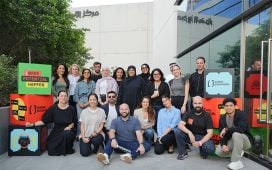June Teh, from MotivateZakti, says working closely with all partners and stakeholders at an early stage has been a key learning from the design firm’s 30 years of Expo experience.
The World Expo brings together millions of people to share in the latest innovations and technology, and to experience cultures from around world, all in one place. All the world’s a stage, and at the World Expo all the world’s on stage and everyone aims to put on a grand show.
What started off as a showcase of individual ingenuity, the event where Alexander Graham Bell showed off his telephone, has become a platform for nation branding. Integrated into this is the use of design and technol
To continue reading this article you need to be registered with Campaign. Registration is free and only takes a minute. Register Now or sign in below if you already have an account.









